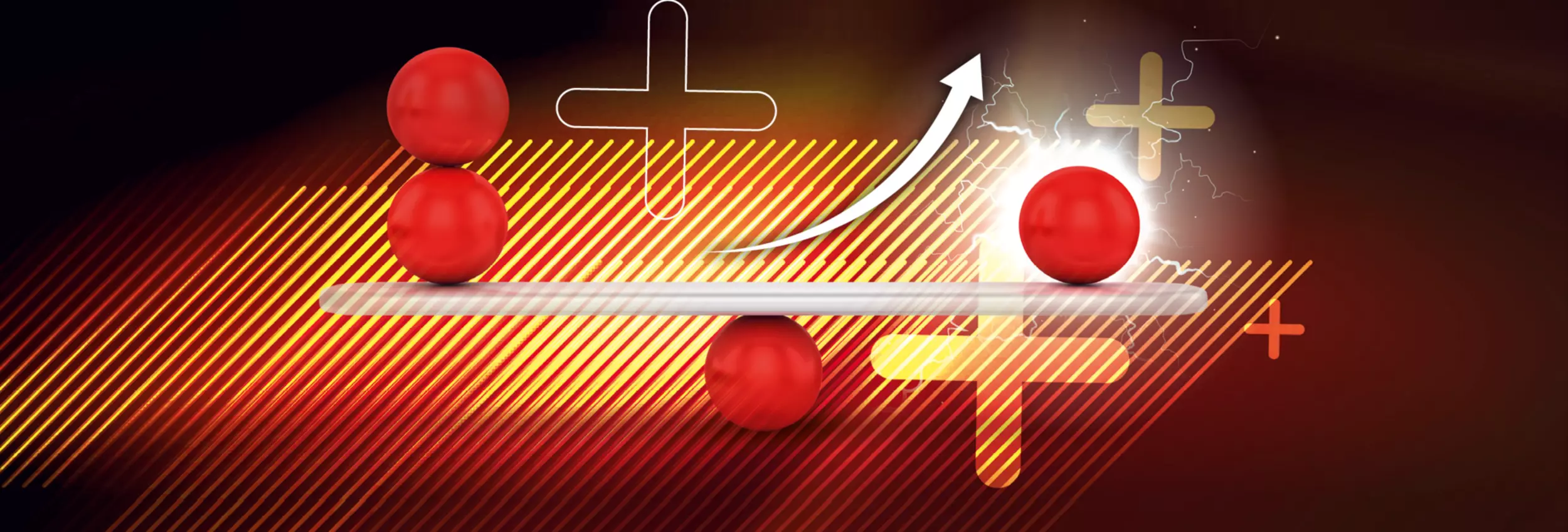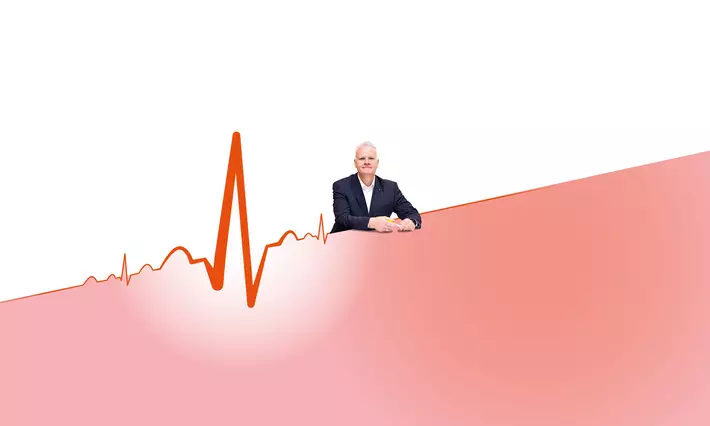More power for the same size


Norbert Gemmeke
Position: Managing Director, HARTING Electric
- Company: HARTING Technology Group
Technological refinements to connectors are of key importance for the success of the All Electric Society – and HARTING has assumed a leading role in this field. But progress doesn’t always mean just growing in size.
While we used to buy performance in kilograms in the past, the end of geometric linear scaling marks a further step towards the future. One striking example of this thesis is the refinement of our connector contacts from TC-70 to TC-100.
This new generation of connectors offer higher current carrying capacity but without any proportional change in size. Thanks to innovative materials and design approaches, we are succeeding at HARTING in boosting the efficiency of energy transmission while at the same time minimising space requirements.
From 70 to 100: Han series overhaul
Good contacts are everything, as they say. To enable us to conduct more power through the same contact, we set about revising the TC 70 to TC 100. The aim is to optimise the size of the unit without compromising on power. In order to achieve this, our colleagues have to take technical aspects into consideration such as contact resistance and insertion forces. To this end, we come up with innovative solutions to enhance geometric parameters and material properties. These adaptations are crucial for boosting the efficiency of the contacts and optimising heat dissipation – critical factors in an increasingly electric environment.
Raising the current carrying capacity from 70 to 100 amps represents an important step taken straight from the requirements of the All Electric Society (AES). Increasing current carrying capacity is crucial if we are to meet the rising demands on power flows and simultaneous use in the AES. This is because the vision of an AES not only necessitates a higher volume of energy but also the capability to make this energy available simultaneously for different applications and subscribers in a network. Higher current carrying capacities facilitate this simultaneous use by several devices without putting too much strain on the required infrastructure. This is especially relevant, for example, against the background of the integration of smart grids in which various digital applications are connected with each other in real time.
Groundbreaking applications require viable solutions fit for the future
This rising demand has a direct impact on technological developments. This is exemplified by battery storage modules that are becoming more compact and powerful. These modules also require connectors which meet the greater demands made on electricity and performance. The hydrogen sector is also a pivotal growth area and higher current carrying capacities are required here in order to guarantee efficient energy transmission. Higher electricity requirements can also be observed in data centres in which ever smaller, more powerful devices are needed. Consequently, high process efficiency calls for constant adaptation of the infrastructure to rising energy volumes.
One for all: universal usability of the TC 100
With the TC series, HARTING is pursuing the goal of universal usability in different sectors. For example, the new contact is to find applications in both railway technology and data centres. By developing a universal connector, we are not only boosting efficiency but also giving flexibility of use a literal power-up.
At HARTING, we have long known that the ability to create powerful connections is key – also to meeting the demands made on the AES and its associated infrastructure. This facilitates the simultaneous operation of several power-hungry applications in the same network, contributing to the stability and reliability of the power supply.
Therefore, the All Electric Society requires nothing less than a fundamental realignment of connectivity. While electronic devices are becoming more and more powerful, their dimensions must be reduced. This means our products must deliver higher performance without becoming appreciably larger. In order to meet these challenges, we need innovative solutions that align with the changed requirements of the AES.
Genuine efficiency through the use of Artificial Intelligence (AI) in product development
One important point of technological differentiation for us also lies in the use of Artificial Intelligence. HARTING integrates AI in the development process in order, for example, to optimise materials and designs and ensure that the new contacts meet the rising demands of the AES. The use of generative design and powerful simulation software enables us to deliver efficient product development that not only improves material selection but also makes decisive contributions towards the optimisation of geometries and contact principles.
Full of energy: the pathway is clear
We have set ourselves clear targets for development of the TC series. The roadmap focuses on the systematic refinement of contact technology and the implementation of new applications. With the trinity of HARTING’s innovative energy, targeted use of Artificial Intelligence and clear focus on universal usability, we are creating a forward-looking solution for industrial connectivity. Developments within the All Electric Society call for rapid adaptations and powerful, reliable products. The future requires us to develop the right technologies and strategies – and HARTING stands ready to accept and master these challenges in order to pave the way to a sustainable, electric future.


